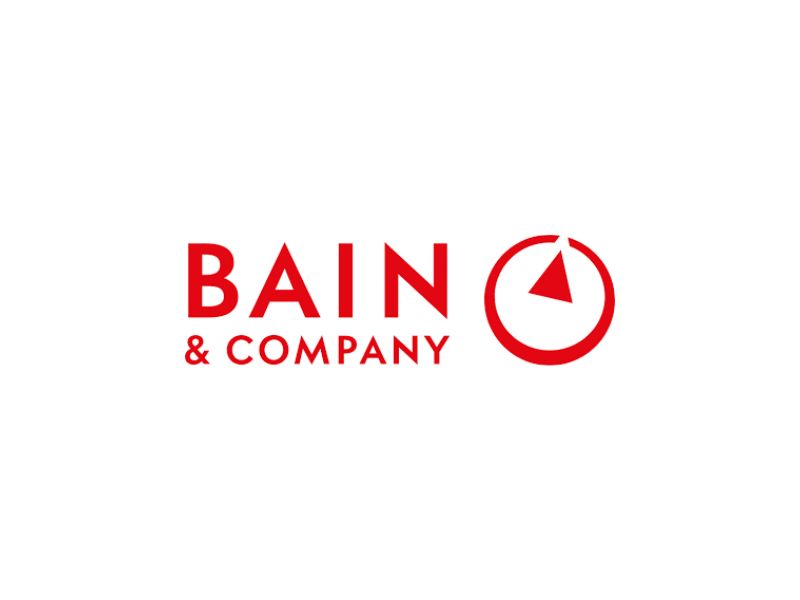Bain & Company has officially published the results from its 2025 Primary Care at Health Systems Survey, which reveals that more than 77% of executives are currently planning to expand their primary care footprint.
According to certain reports, this expansion of primary care will likely entail more owned practices and more primary care providers over the next five to seven years. More on that would reveal how the stated development builds upon a projected shift towards value-based and population-focused care models, with artificial intelligence playing an important role in helping systems overcome persistent operational hurdles.
Talk about the whole exercise on a slightly deeper level, we begin from how scaling up medical cost management and fulfilling community commitments have witnessed a sharp rise in importance across the board, whereas on the other hand, driving referrals to specialists has literally declined to the bottom of rationales for employing primary care professionals.
Next up, the report expands upon the growing preference for value-based models. This translates to how a larger chunk of health systems continue to rely heavily on fee-for-service reimbursement, but having said so, executives do expect a shift towards population-focused clinics with value-based reimbursement over the next five to seven years.
Another detail worth a mention is rooted in a piece of detail claiming that physician recruitment and retention emerged as top near term priorities, while leaders shared that workforce shortages is likely to play the role of their greatest concern over the next decade, surpassing even financial sustainability, patient experience, and technology.
Moving on, health systems also expect adoption of AI solutions to surge in the next three years, with e-prescribing systems rising from 27% to 55%, appointment scheduling from 33% to 63%, and telehealth platforms from 38% to 63%.
Hold on, we still have a couple of bits left to unpack, considering we haven’t yet touched upon how patients’ comfort around AI is rising, albeit with some skepticism persisting. The share of patients comfortable with AI listening and taking notes took one staggering jump from 21% in 2024 to 60% in 2025.
Mirroring that uptick, the report in question also saw a rise in comfort with AI analyzing medical exam results and creating a report, something which went from 37% to 51%. In fact, 35% are now also comfortable speaking to a non-human call center, up from 19% the prior year. Despite that being the case, though, comfort remains lower for fully automated uses. We say so because no more than 34% of surveyed respondents were found to be comfortable with AI making a diagnosis, and only 28% were fine with AI becoming pretty much their doctor.
Rounding up highlights would be in-person visits, at traditional settings, remaining the clear preference. Net preference scores were recorded at 49% for sick visits and 63% for visits for chronic condition visits. As for virtual appointments, they stood at 7% for sick visits and minus 1% for chronic condition visits.
Out of all the components, AI chatbots ranked the lowest with net scores of minus 46% (sick) and minus 53% (chronic condition). Pharmacy or retail visits also lag at minus 10% (sick) and minus 9% (chronic condition).
“The ambition around primary care is clear: health systems are betting on it as a cornerstone of strategy,” said Dr. Erin Morrissette, partner in Bain & Company’s Healthcare & Life Sciences practice. “Our research suggests that those who can navigate workforce shortages, reimagine care models, and adopt AI in ways that truly reduce burdens for clinicians will succeed. At the same time, significant questions remain about whether health systems can successfully deliver on these goals. But those that do will be best positioned to improve outcomes, enhance the patient experience, and create sustainable models for the future.”





